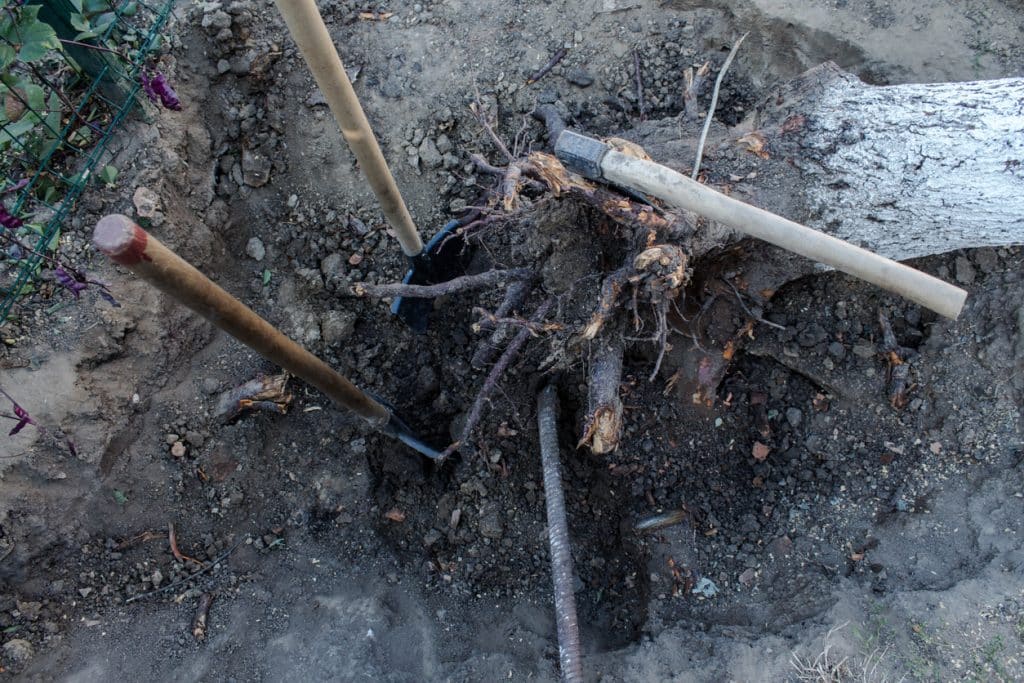While the environmental consequences of tree removal might seem straightforward, many surprising facts shed light on its broader impact. Beyond the immediate loss of vegetation, the ramifications extend to ecosystems, climate, and social dynamics. Unveiling these lesser-known facets of deforestation can provide a more comprehensive understanding of its effects. Here, we’ll delve into three unexpected ways tree removal leaves an imprint on our planet.
1. Microclimate Disruption
Contrary to common perception, the role of trees in maintaining microclimates is often underestimated. Beyond their aesthetic appeal, trees offer functional benefits by creating natural canopies that provide shade and regulate local temperatures. In urban environments, the presence of trees helps mitigate the “urban heat island” effect, where cities experience higher temperatures due to human activities and heat-absorbing surfaces. When trees are removed, this delicate balance is disrupted. The loss of shade and cooling effects can lead to significant temperature spikes, particularly in areas already susceptible to heat stress. Consequently, urban residents experience discomfort, increased energy consumption for cooling, and compromised air quality. Understanding trees’ vital role in microclimate management emphasizes the need to consider these effects when planning tree removal and urban development.
2. Soil Erosion Escalation
Trees contribute substantially to soil stability through their root systems, which bind the soil and prevent erosion. This function becomes especially evident in forested areas and along riverbanks, where trees act as natural anchors for the soil. The protective cover they provide disappears when trees are removed, whether due to deforestation or construction projects. This can accelerate soil erosion as rainwater washes away the exposed soil. The consequences extend beyond the immediate site, as eroded soil can end up in nearby water bodies. Sedimentation in rivers and streams degrades water quality and disrupts aquatic habitats and ecosystems. Furthermore, the increased sediment load heightens the risk of flooding during heavy rainfall events, impacting human settlements and the environment.
3. Altered Wildlife Dynamics
The intricate relationship between trees and wildlife goes beyond simple shelter and food sources. Trees form habitats that support diverse species, from birds and insects to larger mammals. When trees are removed, these habitats vanish, forcing wildlife to adapt or migrate to new areas. This displacement can trigger shifts in wildlife behavior, causing altered movement patterns, changes in feeding habits, and even shifts in predator/prey dynamics. Consequently, this can lead to imbalances in ecosystems, affecting the populations directly impacted and the broader network of species connected through ecological interactions. Recognizing the complexity of these ripple effects underscores the importance of considering wildlife dynamics when assessing the environmental consequences of tree removal.
Exploring the intricate and unexpected facets of tree removal’s environmental impact highlights the need for a holistic approach to land management. Trees are more than just entities in the landscape; they are interconnected elements that contribute to microclimates, soil stability, biodiversity, carbon sequestration, and cultural heritage. Nevertheless, an individual diseased, damaged, or dangerous tree must sometimes be removed. At Roots Up Tree Company in Boulder, CO, we’ll help you sustain the health of your trees and perform tree removal when necessary, so call us today for professional assistance.







